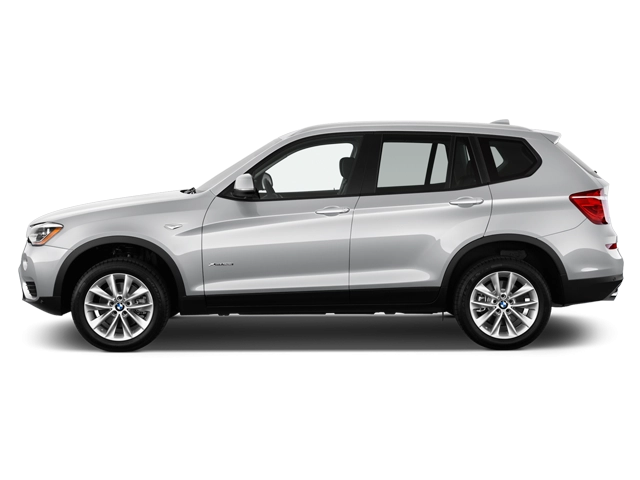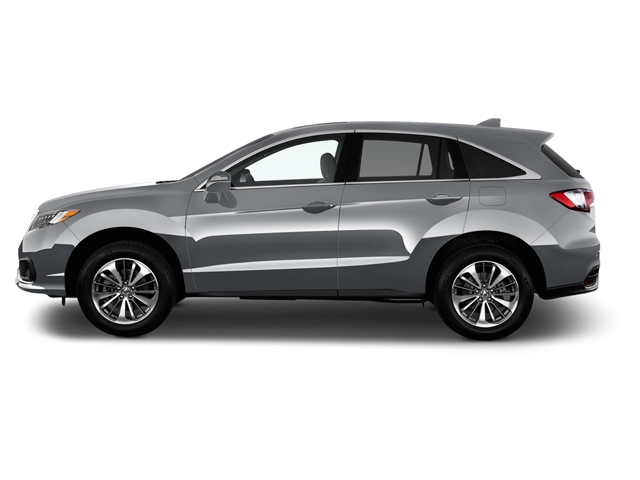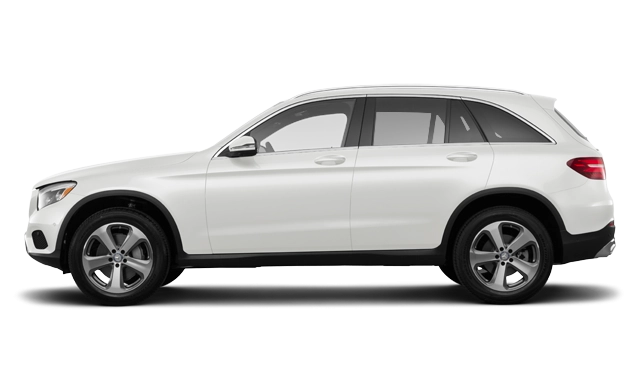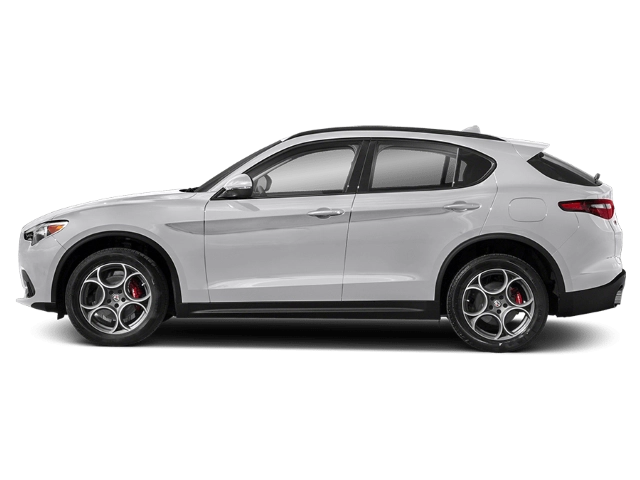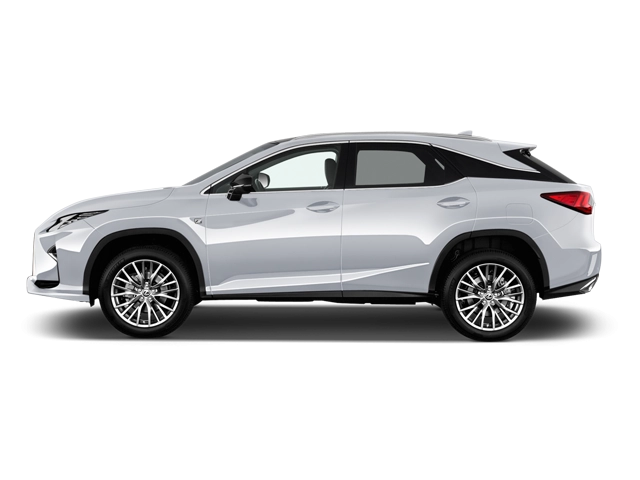Volvo Xc60 owners manuals
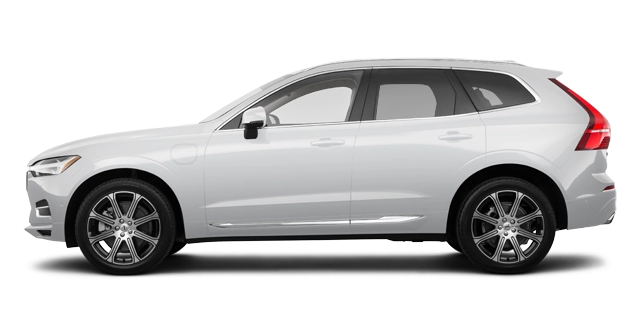
(owner manual)
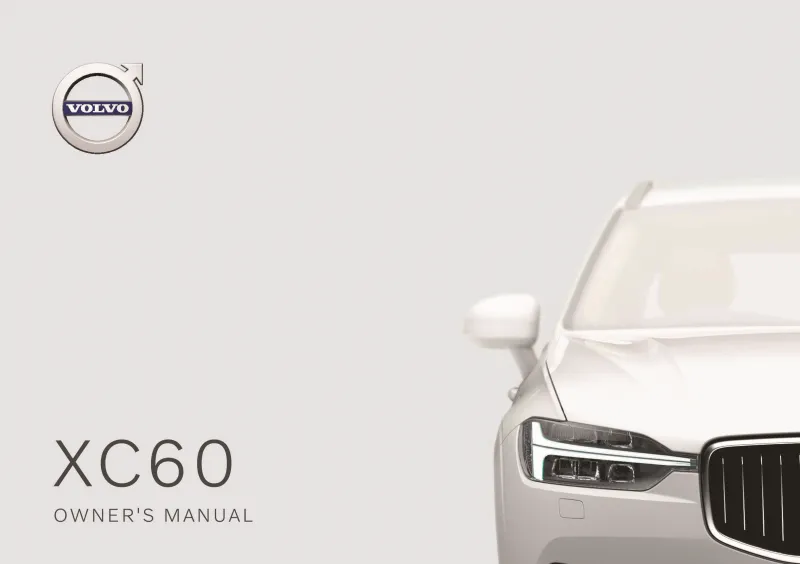
(owner manual)
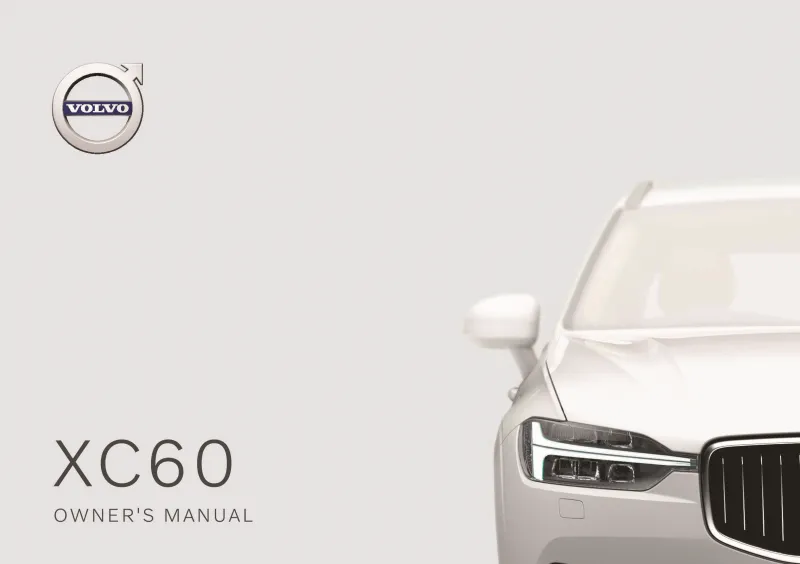
(owner manual)
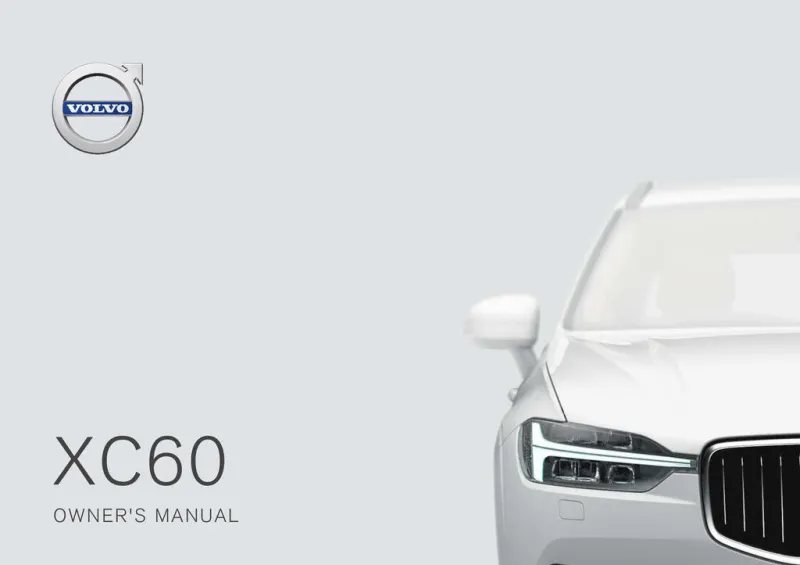
(owner manual)
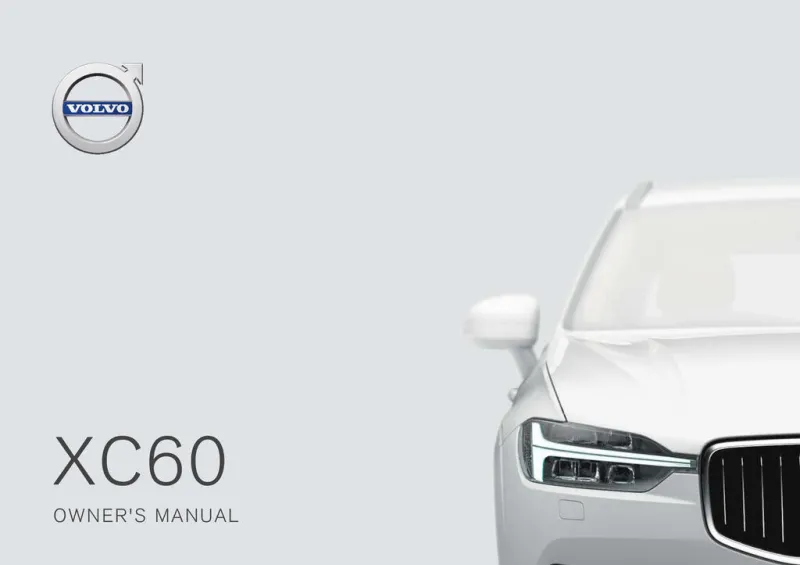
(owner manual)
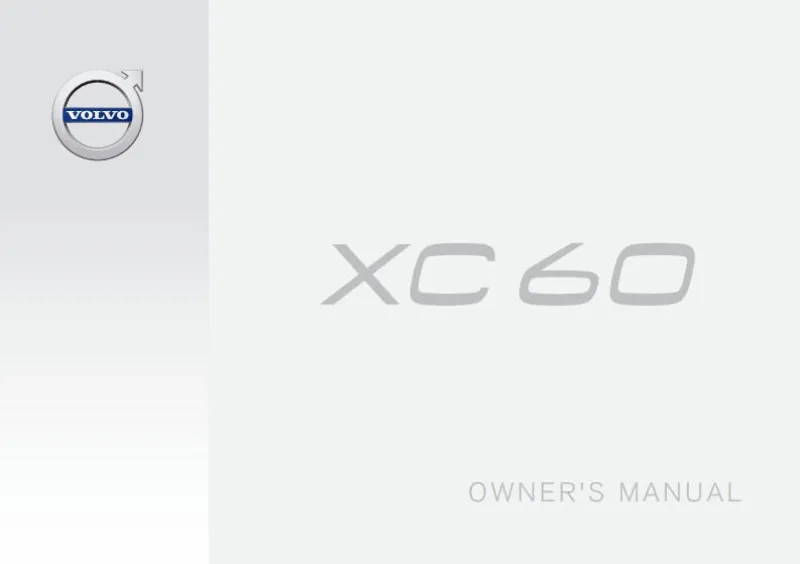
(owner manual)
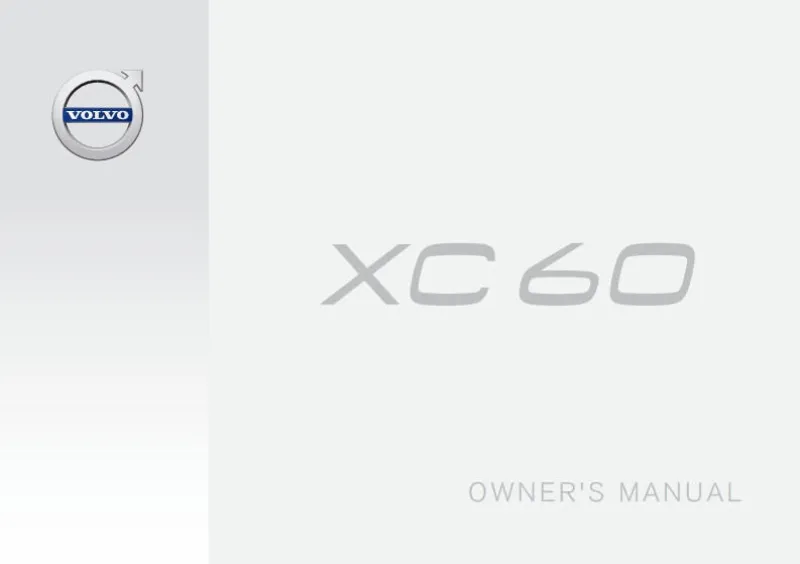
(owner manual)
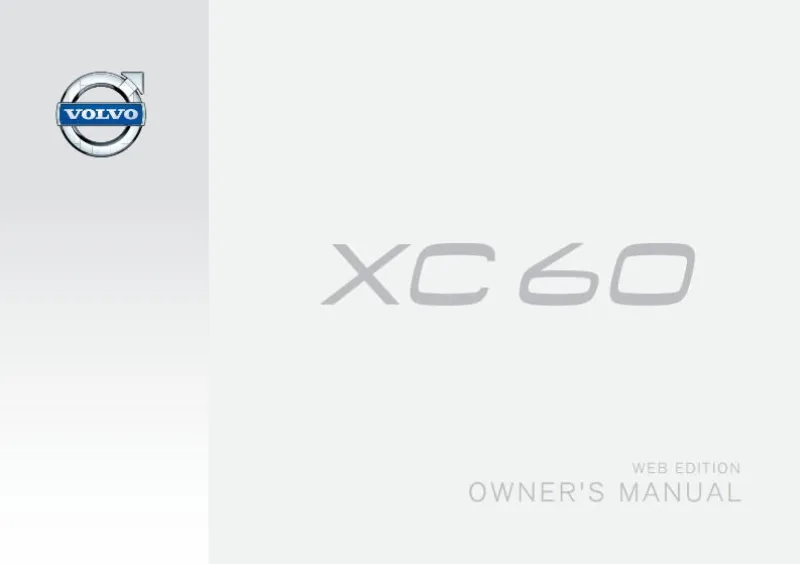
(owner manual)
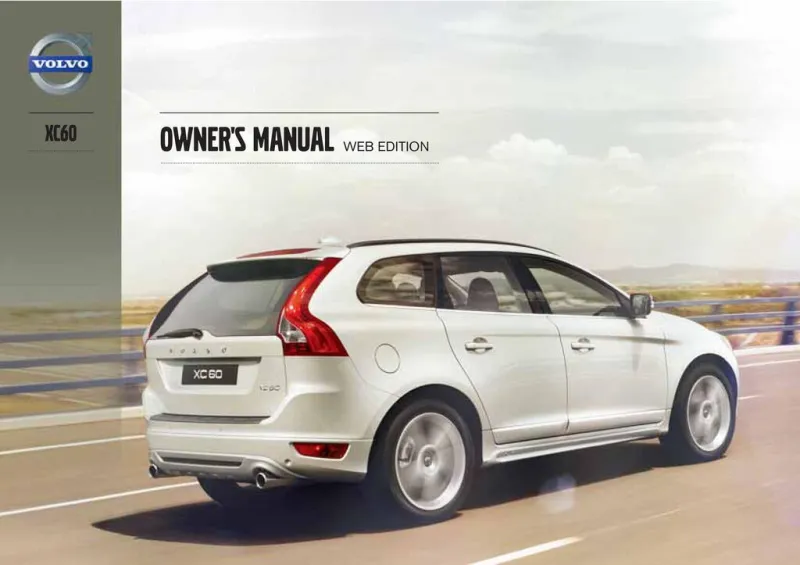
(owner manual)
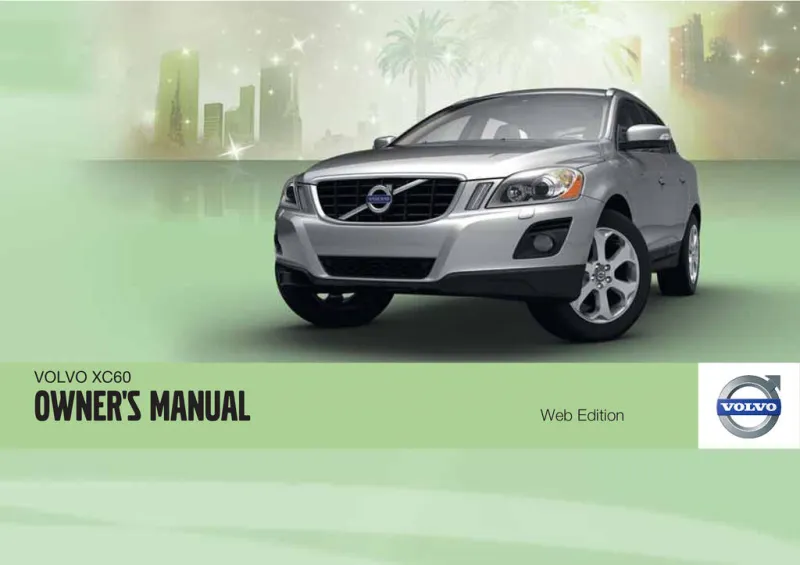
(owner manual)
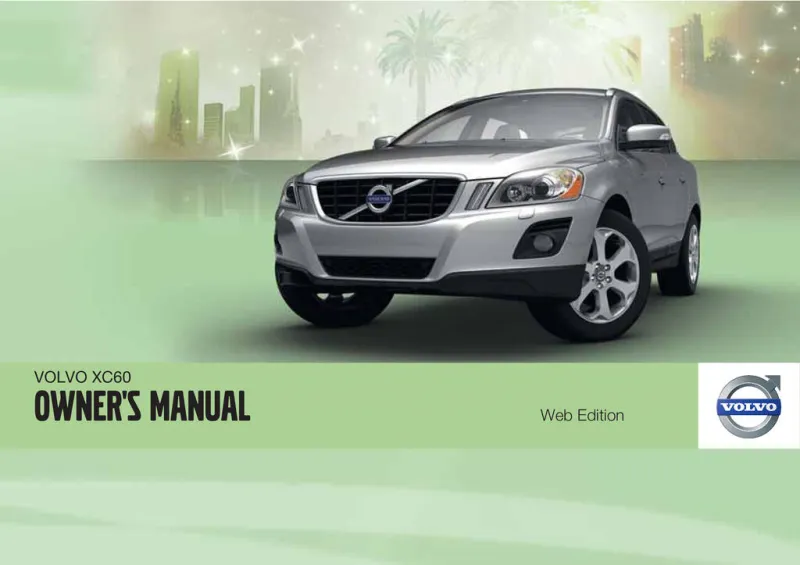
(owner manual)
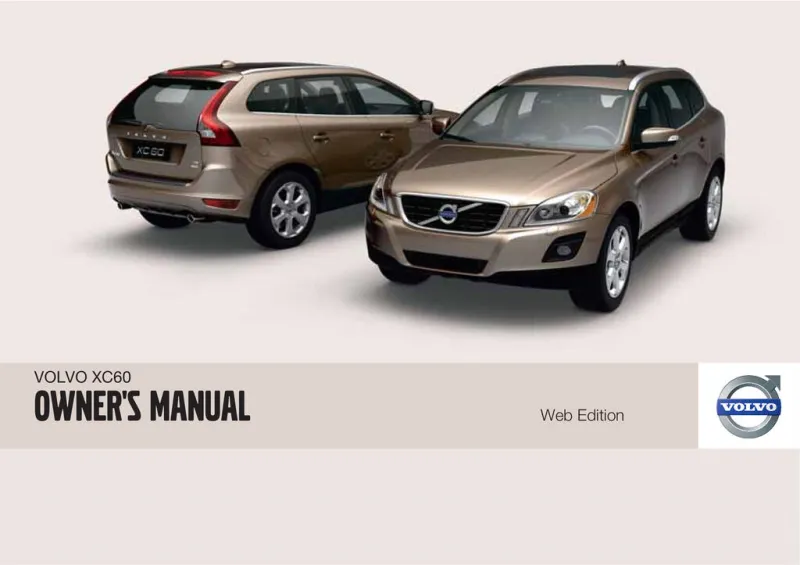
(owner manual)
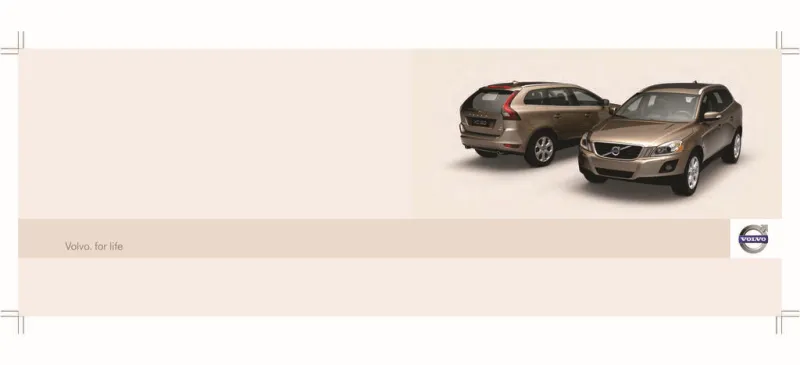
Volvo Xc60 specs
Owner Manual
The Volvo XC60 owner manual is a very essential manual to both the novice and even experienced drivers. This is a detailed manual that includes the simplest of the operations of the vehicle up to the sophisticated ones. It offers the necessary details regarding vehicle control systems, safety and maintenance guidelines so that the owners can make as much out of their driving life as possible. The manual has elaborate parts concerning infotainment system, climate control, driving aids and emergency procedures. It is important to consult the owner manual regularly not only to maintain the car in a good shape but also to find out the best use of all the safety features provided.
Model Overview
Volvo XC60 is a luxury compact SUV which integrates safety, performance and high quality. The XC60 was first launched in 2008 and has passed through multiple generations, and it has always scored highly in safety. The vehicle has a smooth Scandinavian interior and exterior design and it has outstanding technological features. The XC60 also has a range of strong engine choices, and effective hybrid models available to enable it to drive smoothly on different surfaces. Its internal space is large and it has a lot of cargo space hence suitable to families and adventure seekers.
Trims
Volvo XC60 has various trims that serve various tastes and financial capacities. The base trim model comes with some of the necessary features such as panoramic sunroof, LED headlights and touchscreen infotainment system. Premier trims such as the Inscription move up to luxury by offering better leather upholstery, a better sound system and more sophisticated navigation systems. The sporty R-Design trim adds specific styling features and sport-tuned suspension to add to its look and provide more aggressive driving experience. Every trim also has a variety of optional packages, giving the owners an opportunity to make their car conform to their lifestyle ideally.
Known Problems
Though Volvo XC60 is known to be very reliable, it has had a few issues in the past. The usual issues are software glitches in the infotainment system and this may result in the features malfunctioning. There have also been cases where some drivers have found that the air conditioning system does not cool well. More so, in terms of performance, some have observed that rough shifting on the transmission in some models. These concerns can be addressed by performing regular software updates and service checks. Owners should also always keep abreast with recalls and service bulletins by Volvo.
Maintenance Tips
To ensure your Volvo XC60 is running to its best, it is important that it is serviced regularly. Be on point with oil change schedule, tire rotation schedule, and brake inspection schedule as stated in the owner manual. By maintaining tire pressure at recommended levels, fuel consumption is improved as well as it provides better handling. Also, cleaning and maintaining the inside and outside according to the recommendations is necessary since that will help avoid the wear and increase the resale value. It is advisable to have the car serviced by a certified Volvo technician who will be able to perform all the maintenance required to the standards of the manufacturer.
FAQs
How fuel efficient is Volvo XC60?
The fuel consumption is dependent on engine options and trims and is an average of 22 to 30 MPG, depending on the driving environment and upkeep.
Is XC60 four-wheel drive?
Yes, the majority of the trims of the XC60 include an option of all-wheel drive, which increases the traction and stability under different driving conditions.
What are the safety options of the XC60?
The XC60 has many safety aspects such as the lane-keeping assist, blind-spot monitoring, adaptive cruise control, and a number of airbags.
Does XC60 need to be serviced frequently?
Regular service is usually after every 10,000 miles or per annum which ever is first met. The frequency may however depend on the driving conditions.
Volvo Xc60 PDF owner manual
Volvo Xc60 competitors
Volvo Xc60 Manual Questions
Fill the form below and someone will help you!

